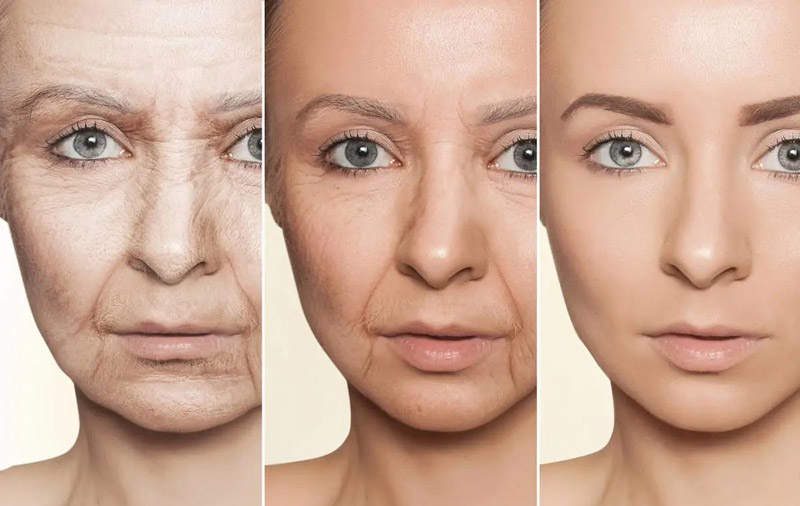As people grow older, they are more likely to suffer from a variety of age-related diseases such as cancer, cardiovascular diseases and neurological diseases, which lead to the decline of body function and bring a significant burden to the whole society.
Although senescent cells can be cleared by the immune system, senescent cells continue to accumulate in various tissues as we age. It is not clear how senescent cells escape the killing of immune cells.
Recently, The team of Professor Julien Cherfils-Vicini, from the French National Centre for Scientific Research, published A paper entitled "A ganglioside-based immune checkpoint enables senescent" in the journal Nature Aging cells to evade immunosurveillance during aging "article.
The study showed that senescent cells can evade immune clearance by natural killer (NK) cells by upregulating the expression of the bissialoganglioside GD3 on their surface.

To explore how senescent cells evade the immune system, the researchers used human lung primary fibroblasts (MRC5) to construct replicative aging models.
It was found that the recruitment of innate immunity induced by replicative senescent cells was extensive, resulting in increased infiltration of NK cells and neutrophils.
Notably, in vivo degranulation of NK cells recruited by senescent cells was reduced by two times compared to NK cells recruited by proliferating cells.
Similarly, the same conclusion was obtained in the in vitro co-culture experiment.
Overall, these data suggest that aging inhibits the function of NK cells in both mice and humans.

The researchers further explored the mechanism and found that when senescent cells express high levels of ganglioside GD3 on their surface, they can gain immune privileges, thus escaping the killing of natural killer (NK) cells.
Specifically, senescent cells can upregulate the ST8SIA1 gene, which encodes the enzyme that synthesizes GD3, resulting in increased GD3 synthesis.
Subsequently, to assess the physiological and pathologic effects of senescent cells expressing GD3 to reduce NK cell surveillance, we introduced a bleomycin induced lung injury model.
As expected, the bleomycin intervention increased the number of sa-beta-Gal + cells expressing GD3.
These findings suggest that GD3 is overexpressed in senescent cells and highlight the great potential of GD3 combined with SA-β-Gal as a new marker for better recognition of senescent cells.

Using GD3 monoclonal antibody, the researchers explored whether targeting GD3 could reverse this process.
The results found that anti-GD3 treatment in mice significantly improved overall survival, reduced collagen accumulation, and significantly reduced bleomycin-induced pulmonary fibrosis.
Anti-gd3 treatment even reversed disease progression in some mice.
It is worth noting that anti-GD3 treatment significantly restored degranulation and activation of NK cells in the lung.

This study found that human and mouse senescent cells can exhibit strong immunosuppressive function in vivo, and can inhibit NK cell clearance of senescent cells through GD3-dependent pathway.
Anti-gd3 immunotherapy targeting GD3 + senescent cells attenuates the development of experimentally induced or age-related lung and liver fibrosis and age-related bone remodeling, and restores the killing function of NK cells.
In simple terms, GD3 upregulation confers immune privileges on senescent cells, and GD3 acts as a senescent immune checkpoint (SIC), enabling senescent cells to evade immune surveillance and trigger immune failure during aging.
References:
https://www.nature.com/articles/s43587-024-00776-z






